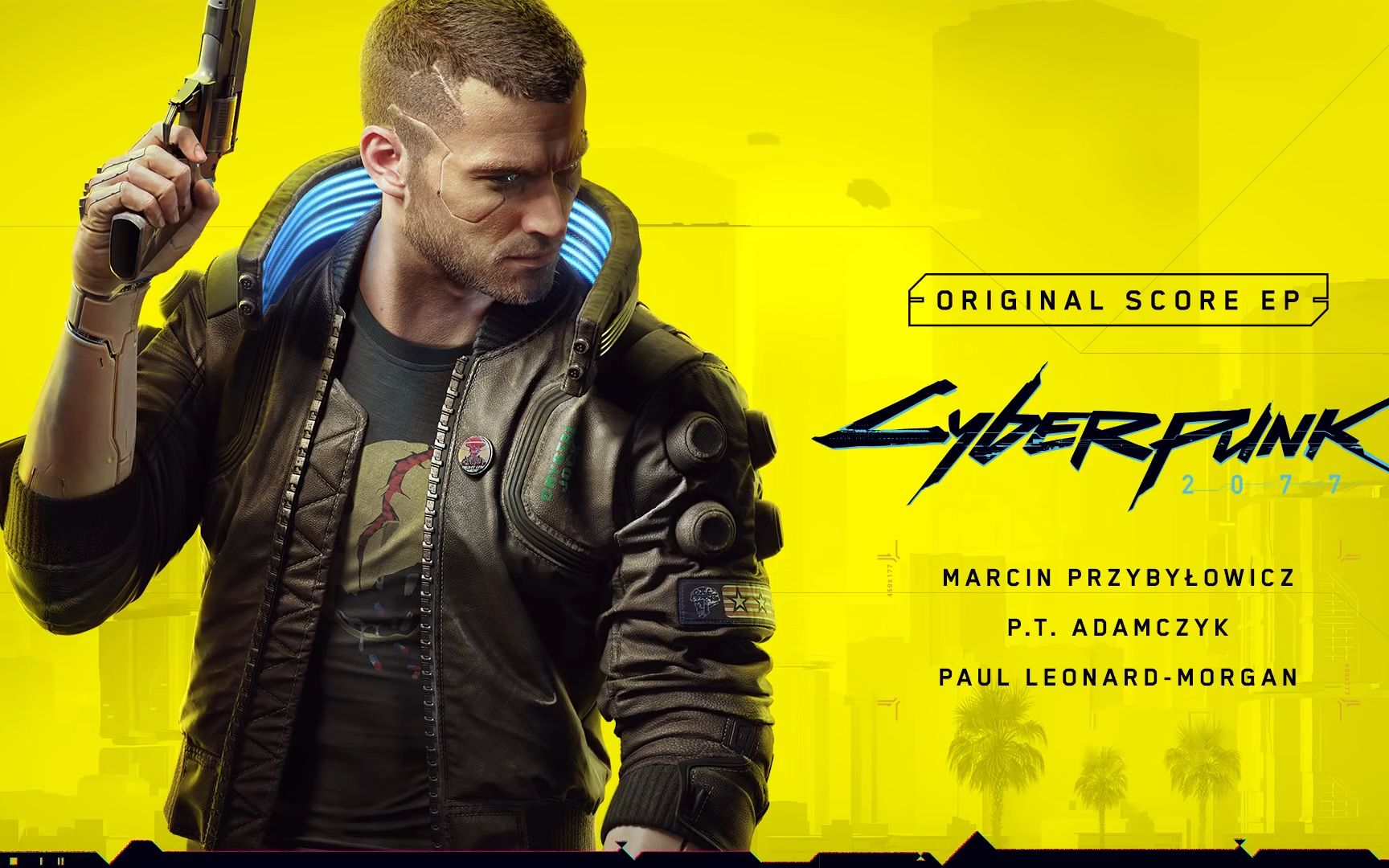Wolfenstein: The New Order Score Reassessment: Narrative Impact
Upon its release in 2014, Wolfenstein: The New Order was met with widespread critical acclaim. Reviewers praised its satisfyingly brutal gunplay, its imaginative alternate-history setting, and its surprising depth. The aggregate scores, hovering in the high 80s on platforms like Metacritic, accurately reflected a game that was an excellent, polished first-person shooter. However, in the years since, a quiet but persistent reassessment has taken place within the gaming community. While its mechanical prowess remains undisputed, the game’s true legacy is increasingly being recognized not for its shooting, but for its profound and unexpectedly human narrative impact. A modern reappraisal suggests that its initial scores, while fair for the time, may not have fully captured the narrative audacity that now defines its place in gaming history.
The genius of The New Order lies not in its premise—Nazis won World War II—but in its execution. This is not a cartoonish, pulpy romp through a world of sci-fi super-soldiers (though it has those elements); it is a deeply grounded and horrifyingly plausible examination of a world stripped of hope. MachineGames did not use the alternate history as mere set dressing; they used it as a narrative tool to explore trauma, resistance, and the cost of humanity in the face of absolute evil. The game opens not with a bang, but with a slow, desperate grind through a sanitarium in 1946, establishing a tone of psychological weight that would have been entirely unexpected for a franchise once defined by running through corridors shooting mutant Hitler.
This narrative ambition is most powerfully realized through its protagonist, B.J. Blazkowicz. Previously a archetypal, near-silent vessel for player action, B.J. is reimagined here as a complex, vulnerable, and introspective man. Through a constant stream of internal monologue, we are privy to his fears, his regrets, his longing for a normal life, and his deep-seated trauma. He is a man out of time, a relic of a lost war, burdened by the weight of a world he failed to save. This characterization transforms him from a mere killing machine into a tragic hero. His violence is not celebratory; it is exhausting, necessary, and born of a desperate love for the few sparks of light left in the world. This depth makes the player’s actions feel weightier. Every Nazi killed is not just a point on a scoreboard; it is a cathartic release for B.J. and a tangible strike against the oppressive regime.

The supporting cast is equally vital to the narrative's success. This is where The New Order truly separates itself from its peers. The resistance members stationed in their U-boat headquarters, Kreisau Circle, are not mere mission dispensers; they are fully realized characters with their own histories, fears, and motivations. The time spent off the battlefield, simply talking to Anya, Max Hass, Set Roth, or Caroline Becker, is not downtime—it is the core of the experience. These moments humanize the struggle. We learn of Anya’s grandmother’s fate under Nazi rule, feel Set’s anguish over the perversion of his scientific work, and understand the quiet determination of Fergus or Wyatt (depending on the player's choice early on). The game argues that resistance is built not just on bullets, but on community, trust, and shared grief. The most powerful weapon against the Nazi machine is not the Laserkraftwerk, but the fragile, enduring connections between people.
This emphasis on character directly fuels the gameplay, creating a powerful ludonarrative synergy. The shooting feels impactful precisely because the narrative makes you care. Storming a fortified bridge to steal a helicopter is a thrilling set-piece, but its emotional weight comes from knowing it’s a desperate gamble to save Bombate’s family. The assault on the London Nautica prison is a masterpiece of tension because the objective is not to destroy a super-weapon, but to rescue a single, beloved friend, Max Hass. The game masterfully uses its quiet, character-driven moments to raise the stakes for its explosive action sequences. You fight not for an abstract concept of "victory," but for the people in the U-boat. You fight for them.
Furthermore, the game’s villains are more than just mustache-twirling caricatures. General Deathshead is a terrifying embodiment of amoral, clinical evil. But it is Frau Engel who emerges as one of gaming’s most memorably vile antagonists. Her cheerful sadism and fervent loyalty to the Nazi ideology present a chillingly human face of evil, one that is in many ways more frightening than the monstrous creations of Deathshead’s lab. Her personal vendetta against Blazkowicz adds a layer of intimate hatred that drives the conflict forward.
In hindsight, the initial review scores captured the surface-level excellence of Wolfenstein: The New Order: it was a supremely competent, confident, and fun shooter. What time has revealed is that its greater achievement was semantic. It demonstrated that a high-octane, action-packed AAA first-person shooter could be a legitimate vehicle for mature, character-driven storytelling without sacrificing an iota of its gameplay integrity. It paved the way for a new era of narrative depth in the genre, influencing titles that followed.
Therefore, a reassessment of its "score" is less about arguing for a higher number and more about recontextualizing its brilliance. If the original scores rated it as a top-tier shooter, its current standing should be that of a narrative landmark that happened to be one. The New Order proved that a hero is defined not by the strength of his arm, but by the weight on his soul, and that the most powerful resistance is forged in the heart. Its lasting impact is not the memory of a cool gun, but the memory of a quiet moment on a train, sharing a conversation with a friend about a world that could have been, and a resolve to fight for the one that still could be.














